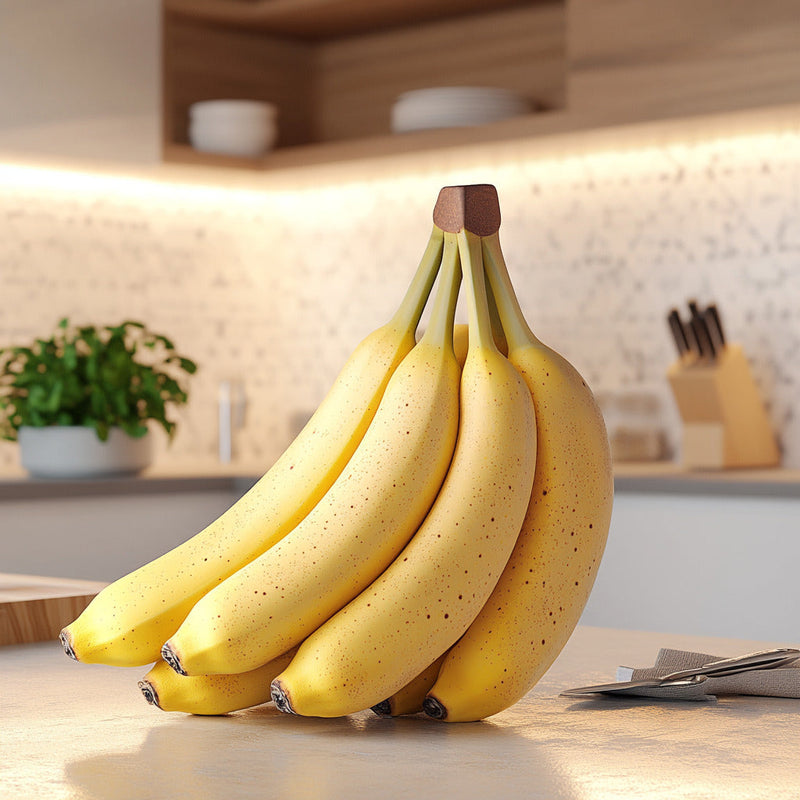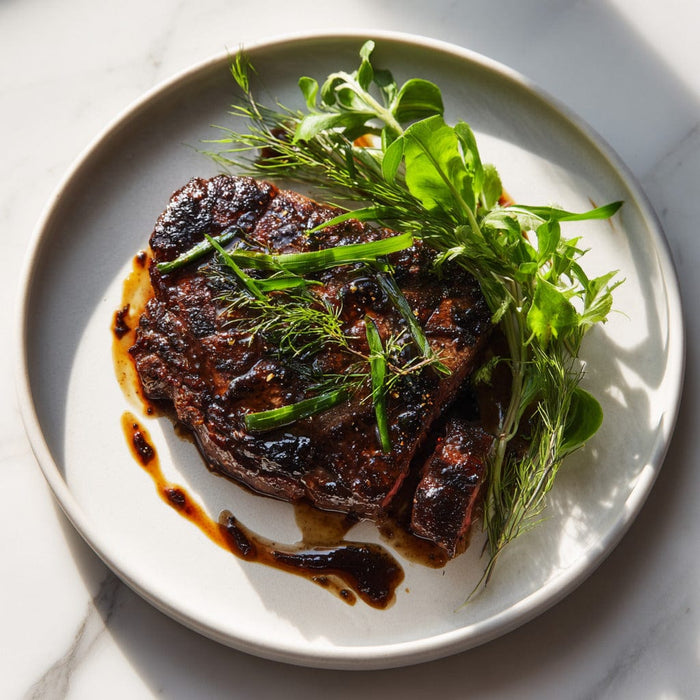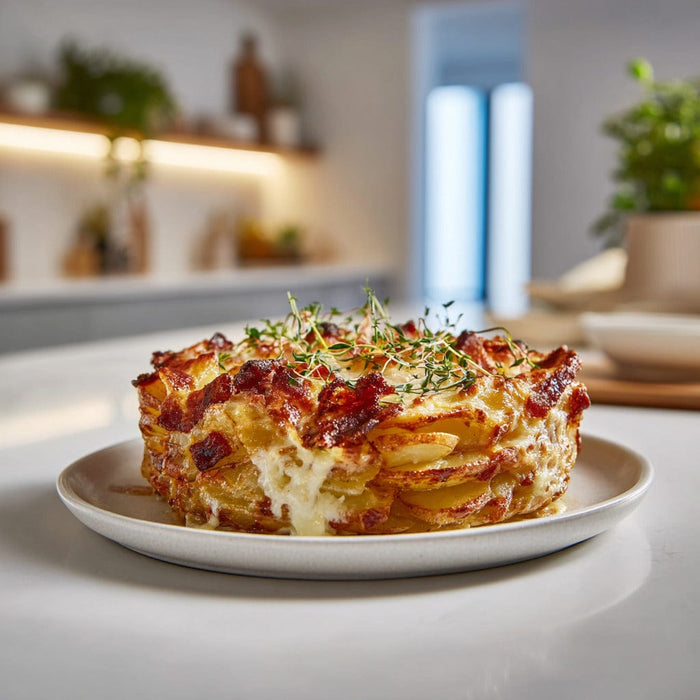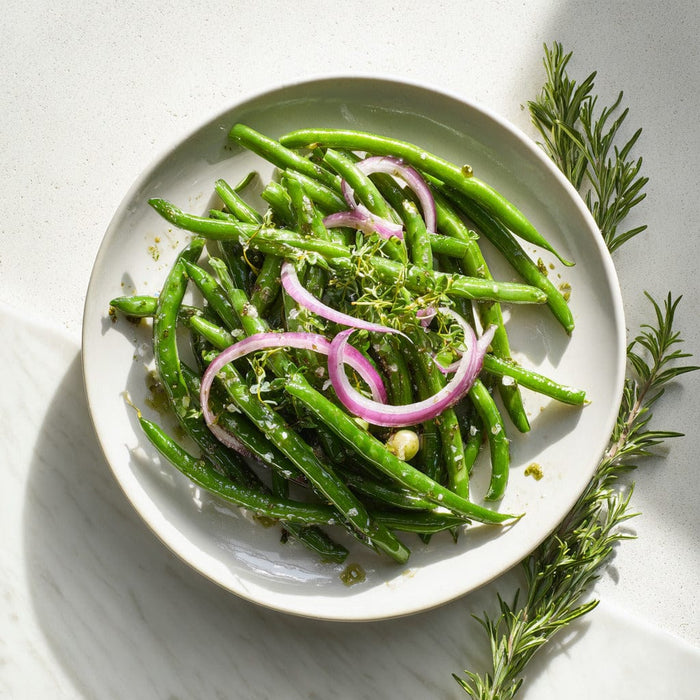
How to Keep Bananas Fresh and Prevent Them from Turning Brown Too Quickly
Bananas are a staple grocery item known for their portability, versatility, and natural sweetness. However, keeping them from quickly ripening and turning brown can sometimes feel like a race against time. While overripe bananas are perfect for baking banana bread or making banana cream pies, most of us prefer eating them at their perfectly ripe stage—sweet, soft, but not mushy. Here’s a detailed guide to storing bananas to maximize their freshness and shelf life.
Understanding the Ripening Process
Banana ripening is a natural process in which the fruit gets sweeter, softer, more fragrant, and browner over time. The discoloration on the peel doesn’t mean the fruit is bad—it’s simply a visual indicator. Ripe bananas have higher sugar content due to starch conversion, and blackened bananas can still be used in recipes for a richer and more concentrated flavor, especially in desserts like banana cream pies.
Top 3 Tips to Keep Bananas Fresh for Longer
-
Keep Bananas Away from Other Fruits
- Why? Certain fruits such as apples, pears, peaches, and avocados release ethylene gas as they ripen. This gas triggers and accelerates the ripening of nearby bananas.
- How? Store bananas separately from other fruits, preferably on a banana hanging rack or in a designated area of your kitchen. Avoid placing them in a fruit bowl.
-
Store Bananas in a Cool, Dark Place
- Why? Dole, a leading produce company, recommends storing bananas at an ideal 54°F (12°C). Warmer temperatures speed up ripening, while colder temperatures can stall the process prematurely, turning the peel black without proper ripening. Direct sunlight can also cause uneven ripening and heat damage.
- How? Keep bananas in a cool spot like a pantry, away from sunlight and heat sources, to help prolong their freshness.
-
Avoid Enclosed Containers—Let Bananas Breathe
- Why? Storing bananas in sealed containers or plastic bags traps moisture and ethylene gas, speeding up the ripening process. Lack of air circulation can also lead to bruising and faster spoilage.
- How? Store bananas in the open air, ideally hanging to reduce pressure points and prevent bruising.
Refrigerators: The Do’s and Don’ts
- Before Ripening? Avoid the Fridge Unripe bananas are tropical fruits and don’t handle cold temperatures well. When refrigerated, the ripening process halts, and the peel turns black prematurely. According to Chiquita Bananas, unripe bananas may not even resume ripening once taken out of refrigeration.
- After Ripening? Consider Refrigeration Once the bananas develop some brown speckles (indicating their peak sweetness), you can refrigerate them. The peel will darken, but the fruit inside stays firm and fresh for a few additional days, giving you more time to enjoy them.
How to Use Overripe Bananas
“When Are Bananas Too Ripe?” Bananas with blackened peels may seem off-putting, but they’re actually at their sweetest. As celebrity pastry chef Christina Tosi says, completely black and mushy bananas are ideal for desserts, like banana cream pie, as their flavor profile becomes incredibly rich and syrupy.
Creative Uses If your bananas become too ripe to eat as-is, consider using them in:
- Smoothies
- Pancakes or waffles
- Muffins or cakes
- Frozen treats (e.g., banana ice cream)
- Sauces or baby food
Freezing Bananas for Long-Term Storage
When you know you won’t consume them in time, freezing your bananas is an excellent option. Peel and slice them before freezing in an airtight container. Frozen bananas are perfect for smoothies, baking, or even as a chilled snack straight out of the freezer.
When to Say Goodbye
Although dark brown or black bananas are usually safe to eat, there are instances when they should be discarded:
- If the banana emits a sour or fermented smell.
- If there is visible mold or an unusual texture develops (slimy or overly mushy beyond the peel).
Key Takeaways for Longer-Lasting Bananas
- Separate from other fruits to avoid accelerated ripening caused by ethylene gas.
- Store in a cool, dark spot, away from heat sources or direct sunlight.
- Let them breathe by keeping them in open air rather than enclosed spaces.
- Refrigerate ripe bananas only to extend their usability for a few extra days.
By following these steps, you can enjoy your bananas at their peak ripeness for longer, reduce waste, and make the most of this delicious fruit!
This simple guide ensures you’ll never be scrambling to find ways to use overripe bananas again—unless, of course, you're in the mood to bake! Keep these tips in mind and enjoy your bananas, perfectly ripened, one day at a time!




